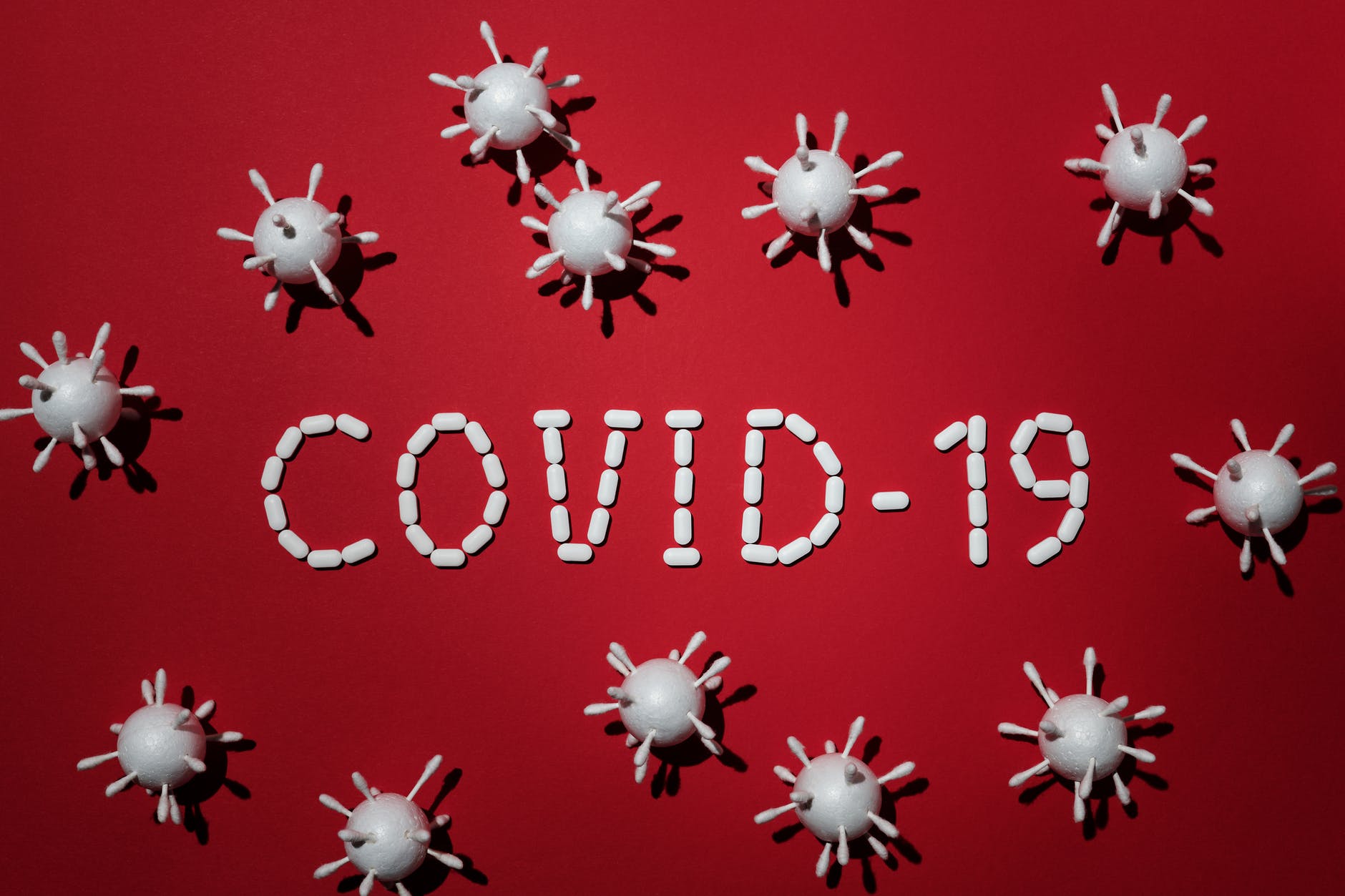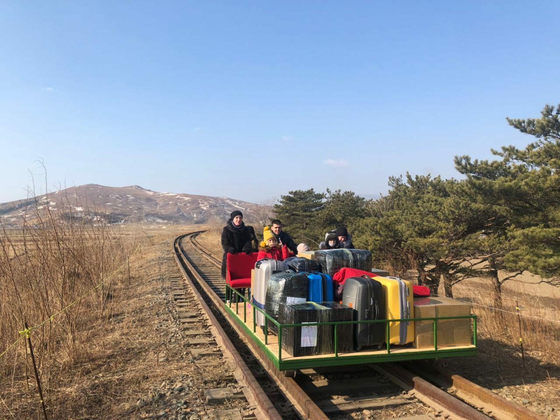Numbers, comparisons and scenarios on vaccine administration. With the real reasons for the slowdown: not all regions were ready for mass vaccination. All the details in the Gimbe foundation report
“From the first places in the ranking among the European countries conquered in the first phase of the vaccination campaign, Italy has lost numerous positions because not all Regions were ready for mass vaccination ”.
This is what is underlined in the latest monitoring report by the Gimbe foundation chaired by Nino Cartabellotta on pandemics and vaccinations.
In the last two weeks – reads the report – there has been a “worrying slowdown also on the administration front, due to organizational difficulties linked to the start of mass vaccination. It is no coincidence that only 14% of the doses of AstraZeneca were administered, intended for people “outside” hospitals and nursing homes such as teachers and law enforcement agencies aged <65 years »”.
The regional differences emerge from the report of the Gimbe foundation: if Tuscany (64%), Valle d’Aosta (41.2%), PA of Bolzano (37.6%) and Lazio (25%) have administered at least a quarter of the doses delivered by AstraZeneca, 5 Regions have not even started and 2 have administered less than 1% of the delivered doses.
Here is the full report of the Gimbe foundation dated 25 April 2020.
+++
The independent monitoring of the Gimbe Foundation detects in the week 17-23 February 2021, compared to the previous one, an increase in new cases (92,571 vs 84,272) (figure 1) compared to a stable number of deaths (2,177 vs 2,169) (figure 2) . The currently positive cases (387,948 vs 393,686), people in home isolation (367,507 vs 373,149) and hospitalizations with symptoms (18,295 vs 18,463) are slightly decreasing, while intensive care is up (2,146 vs 2,074) (Figure 3). In detail, compared to the previous week, the following changes were recorded:
- Deaths: 2,177 (+ 0.4%)
- Intensive care: +72 (+ 3.5%)
- Hospitalized with symptoms: -168 (-0.9%)
- Home isolation: -5.642 (-1.5%)
- New cases: 92,571 (+ 9.8%)
- Currently positive cases: -5.738 (-1.5%)
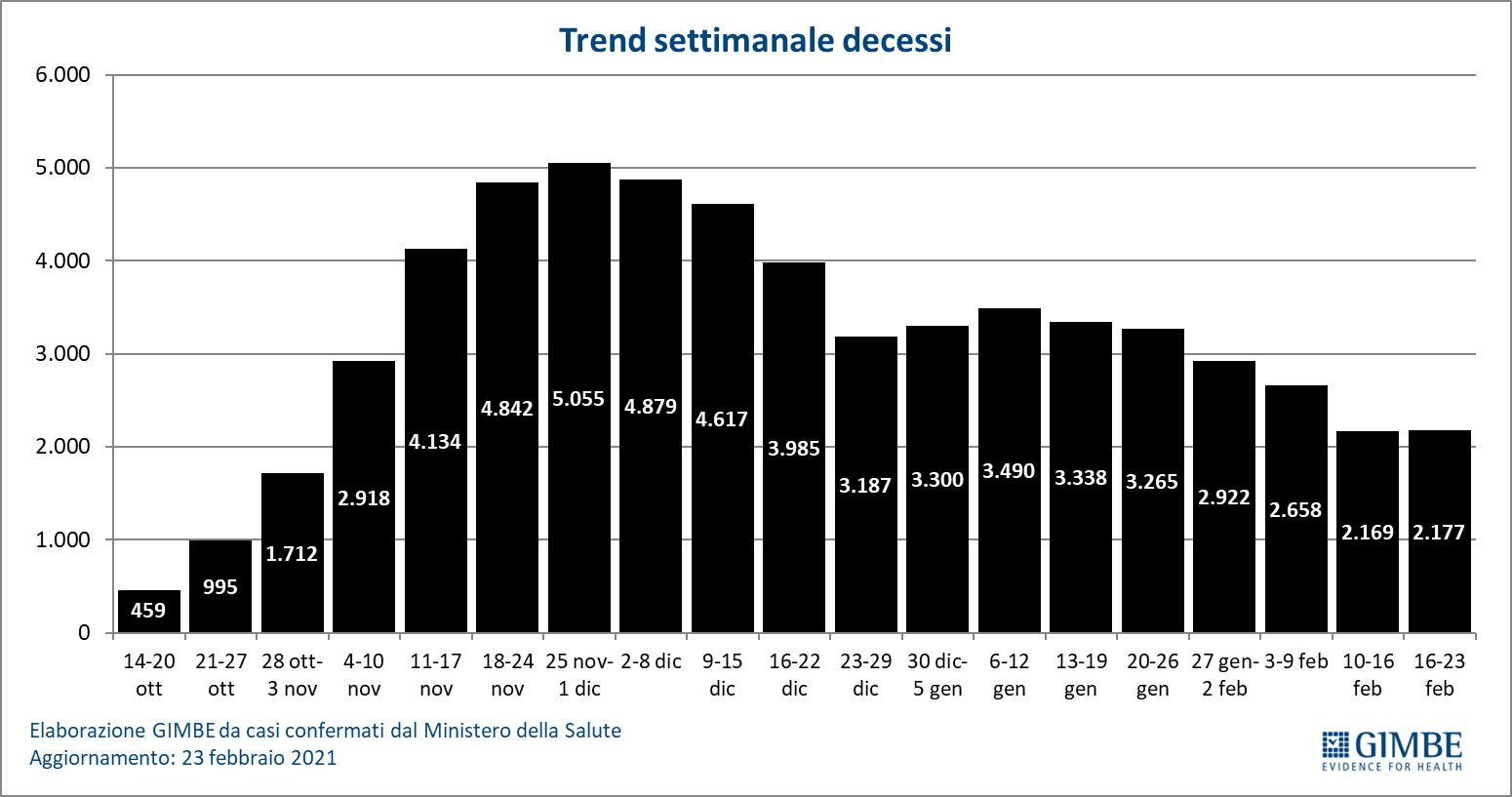
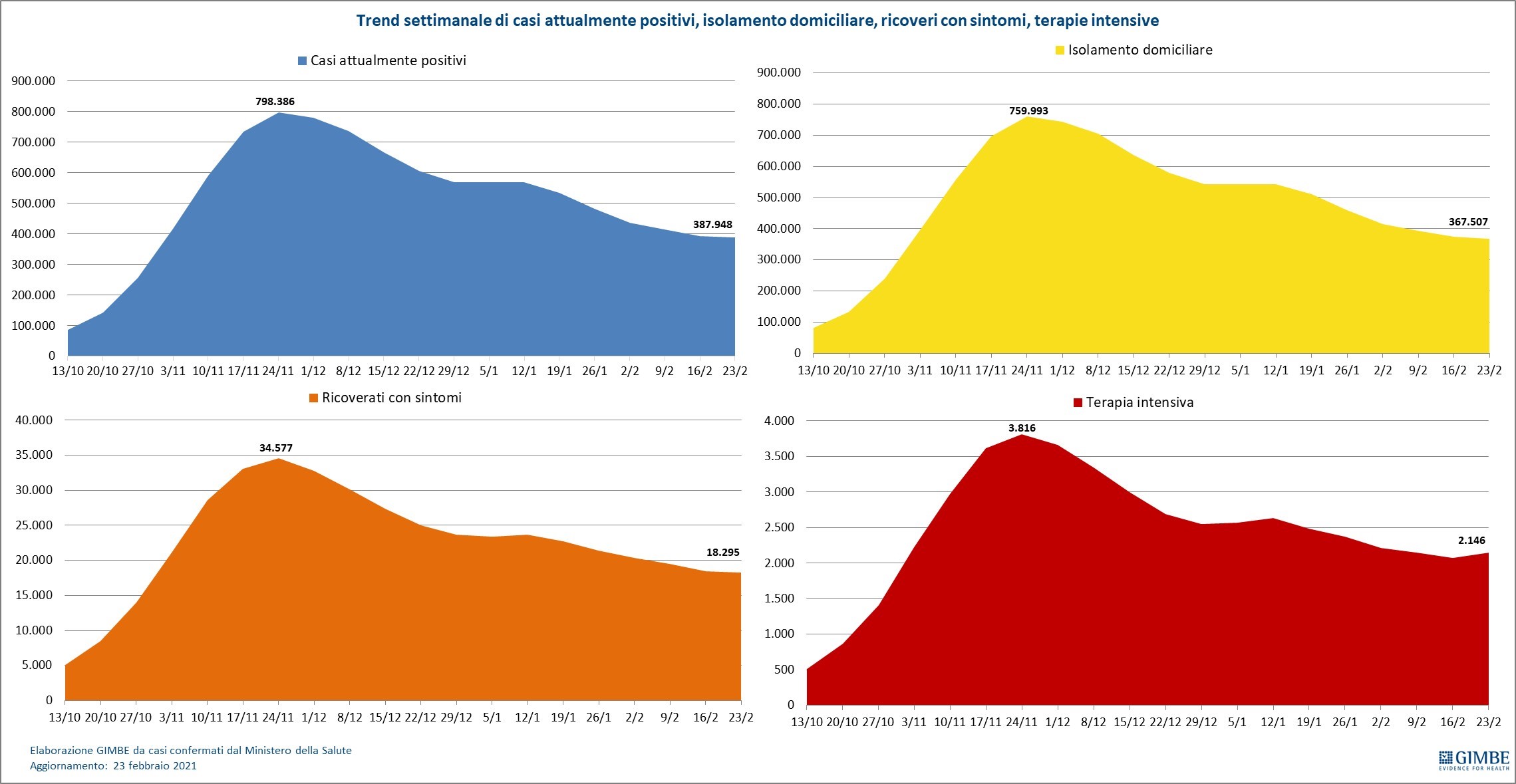
“After 4 weeks of stability in the number of new cases – says Nino Cartabellotta, President of the Gimbe Foundation – there is a trend reversal with an increase of nearly 10%, a sign of the rapid spread of more contagious variants”.
Compared to the previous week, in fact, in 11 Regions the currently positive cases per 100,000 inhabitants increase, and in 10 Regions the percentage increase in total cases rises (table 1). On the hospital front, employment by Covid patients in 4 Regions exceeds the 40% threshold in the medical area and in 8 Regions that of 30% in intensive care, which, nationally, after 5 weeks of decline, record a turnaround.
Control of variants.
The progressive diffusion of the English variant is causing spikes in cases that require careful monitoring to promptly identify municipalities or provinces where the red zones can be implemented. “According to our analyzes – explains the President – the percentage increase in new cases compared to the previous week is the most sensitive indicator for identifying the numerous red lights that come on in the various Regions”. In particular, in the week 17-23 February in 74/107 Provinces (68.5%) there was a percentage increase in new cases compared to the previous week, with values that exceed 20% in 41 Provinces (table 2). «These data – comments Renata Gili, Head of Research on Health Services of the Gimbe Foundation – confirm that, to avoid more extensive lockdowns, strict restrictions must be introduced promptly in areas where sudden surges occur. Waiting for the results of the sequencing or for a significant increase in new cases is very risky because the situation risks getting out of hand ».
Vaccines: supplies.
The continuous downward revision, documented by the 4 official updates of the expected supplies, in just 2 months has almost halved the doses planned for the first quarter of 2021, which fell from 28.3 to 15.7 million (figure 4).
“A reduction of this magnitude – comments Cartabellotta – if on the one hand it is attributable to production and delivery delays by the companies, on the other hand it is affected by unrealistic supply estimates of the original vaccination plan”.
Furthermore, of the doses scheduled for the first quarter of 2021, only a third of the doses planned for the first quarter of 2021 have been delivered to the Regions on 24 February (update 08.01): to meet the deadlines in the next 5 weeks, an average of 2.3 million doses / week must be delivered. . In detail:
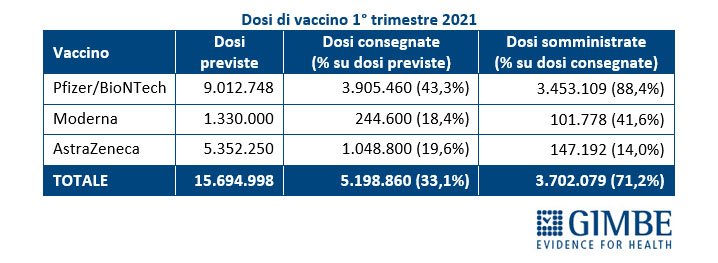
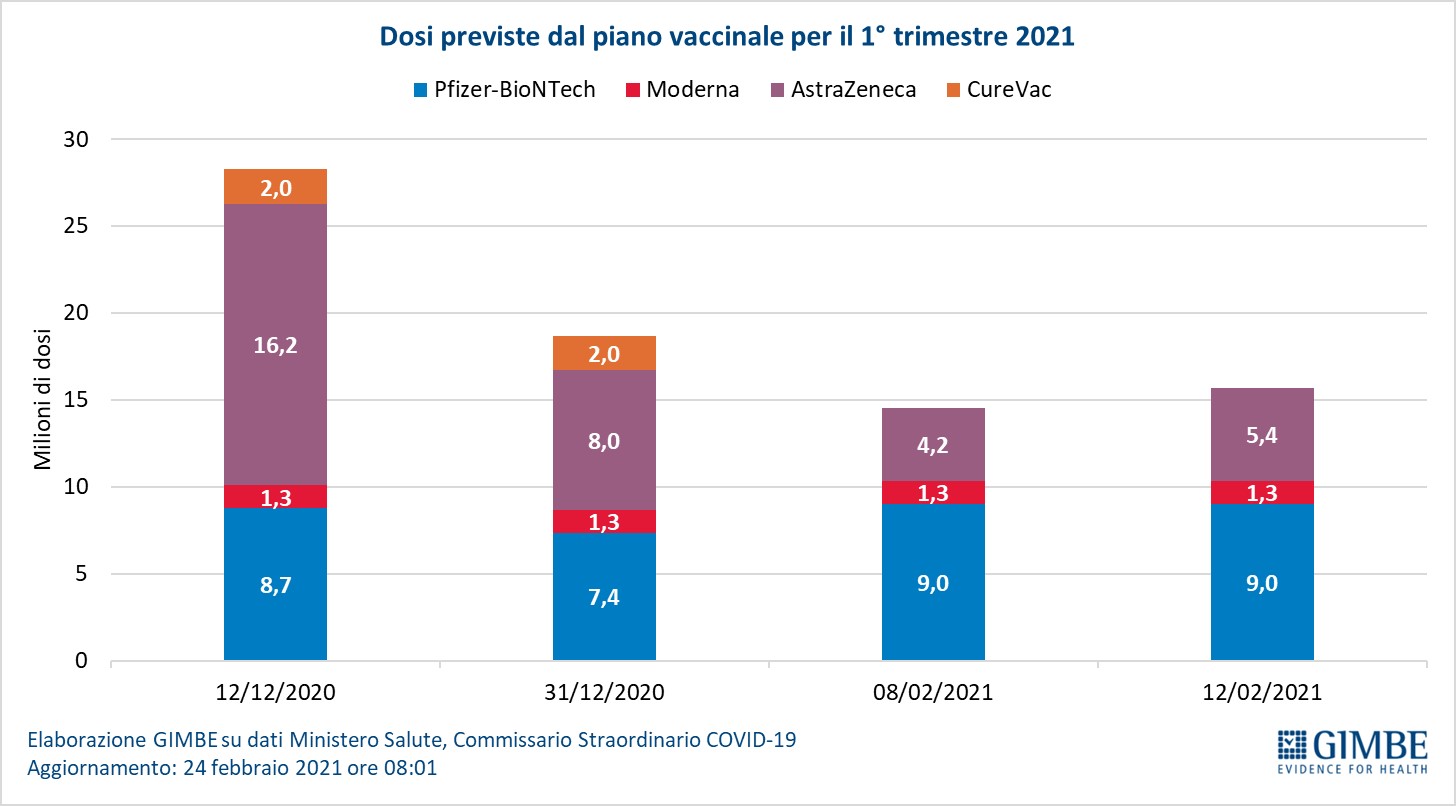
How are the administrations going.
In the last two weeks there has also been a worrying slowdown on the administration front, due to organizational difficulties linked to the start of mass vaccination (Figure 5). “It is no coincidence – underlines Gili – that only 14% of the doses of AstraZeneca were administered, intended for people” outside “hospitals and nursing homes as teachers and law enforcement agencies aged <65 years».
Notable regional differences: if Tuscany (64%), Valle d’Aosta (41.2%), PA of Bolzano (37.6%) and Lazio (25%) administered at least a quarter of the doses delivered by AstraZeneca, 5 Regions did not even start and 2 administered less than 1% of delivered doses.
“Consequently – points out Cartabellotta – from the first places in the ranking among the European countries conquered in the first phase of the vaccination campaign, Italy has lost numerous positions because not all Regions were ready for mass vaccination ».
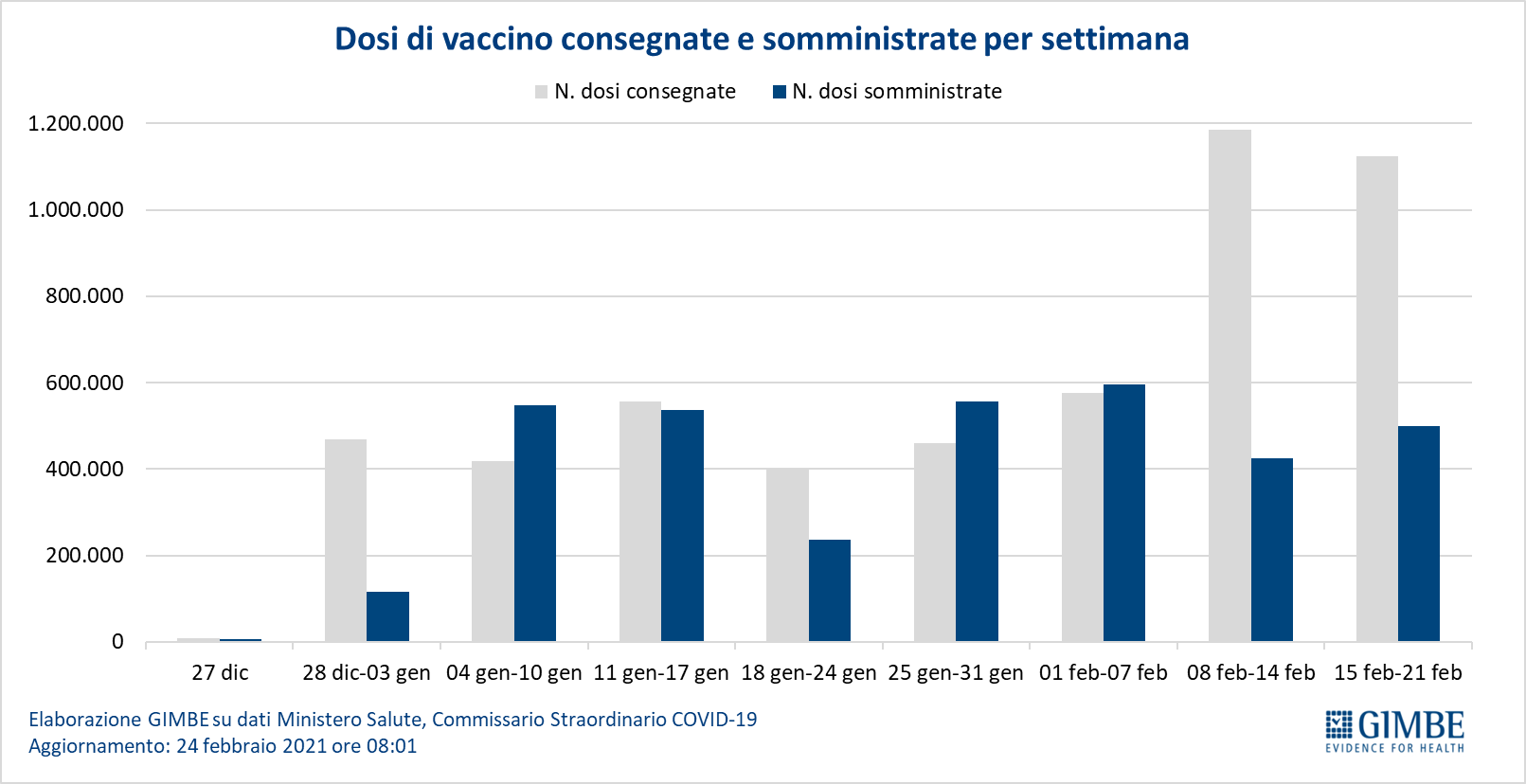
Vaccines: administrations.
As of February 24 (update 08.01) over 1.34 million people (2.25% of the population) completed the vaccination cycle with the second dose, with marked regional differences: from 1.58% in Abruzzo to 4.17 % of the Bolzano PA (figure 6). “If the goal of the first phase of the vaccination campaign – explains the President – was to protect, in addition to health and social health personnel, the most fragile people (RSA guests and over 80), having administered over 655 thousand doses (17.7 %) to non-healthcare personnel (figure 7) contrasts with the low coverage of over 80s: out of over 4.4 million only 380 thousand (8.6%) received the first dose of vaccine and about 127 thousand (2.9 %) have completed the vaccination course (figure 8). An inversion of priorities, not foreseen by the vaccination plan, which is delaying the protection of the category that has paid the highest toll in terms of human lives ”.
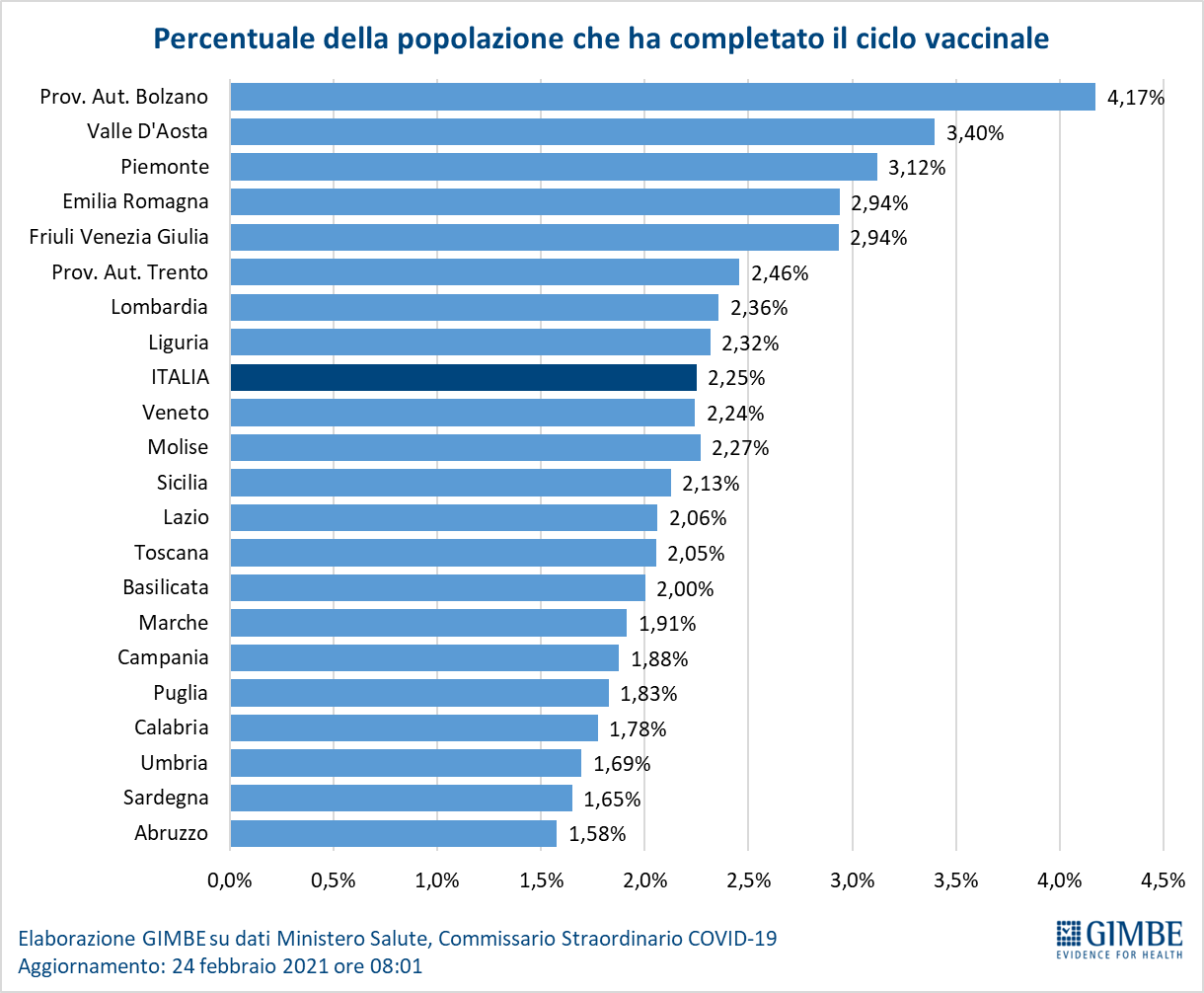
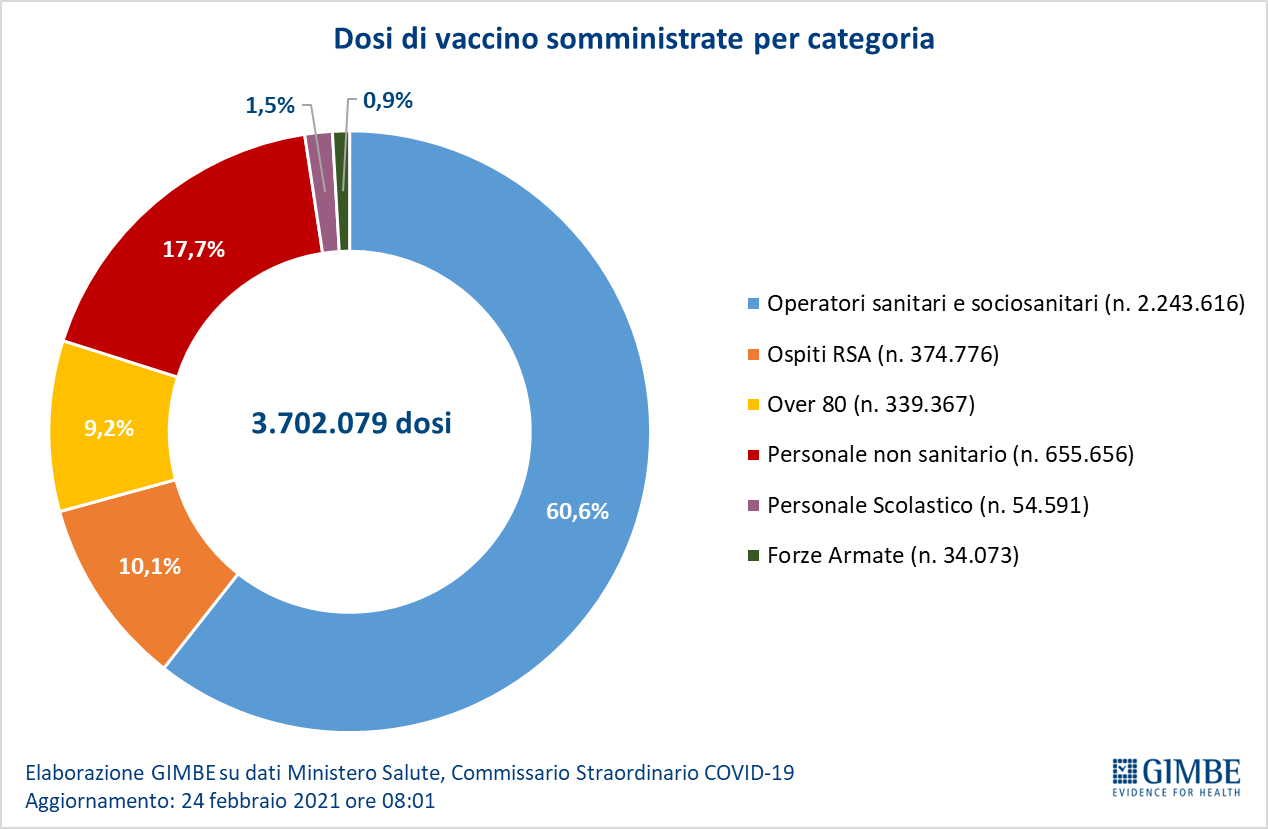
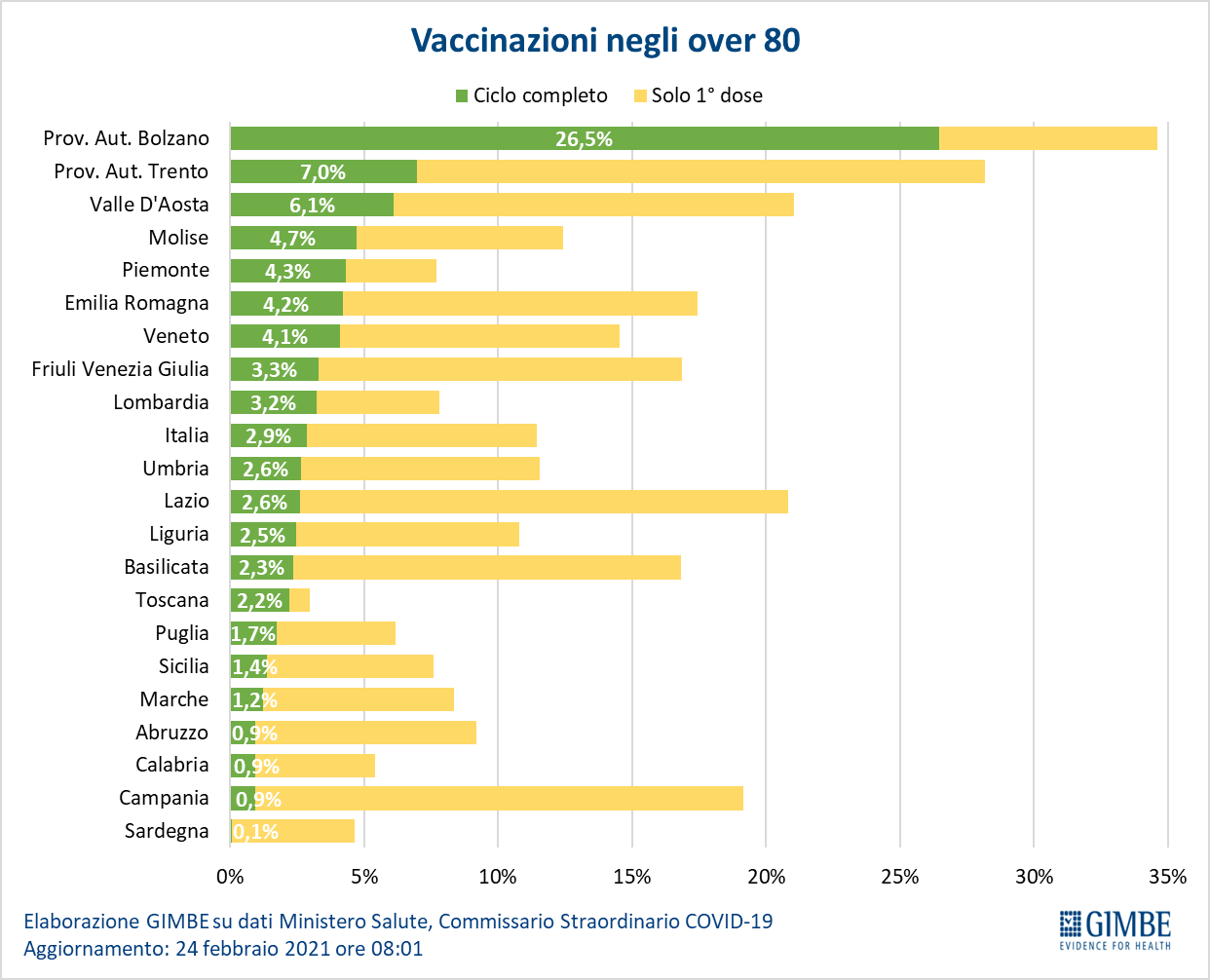
The comment
«To get out of the pandemic – concludes Cartabellotta – a clear change of pace by the Draghi Government is necessary. First of all, increase supplies by working on binding agreements between Europe and manufacturing companies and any production on behalf of third parties in Italy, as well as speeding up the administration through close regional monitoring to identify any critical issues. Secondly, the Regions must apply the local red zones with the utmost promptness and rigor to avoid more extensive lockdowns and stem the effects of the third wave. Finally, the Government and the Regions must agree on a medium-long term reopening program, sharing realistic objectives with the population for a gradual return to normality, avoiding setting illusory deadlines, because the country’s agenda is still dictated by the virus “.
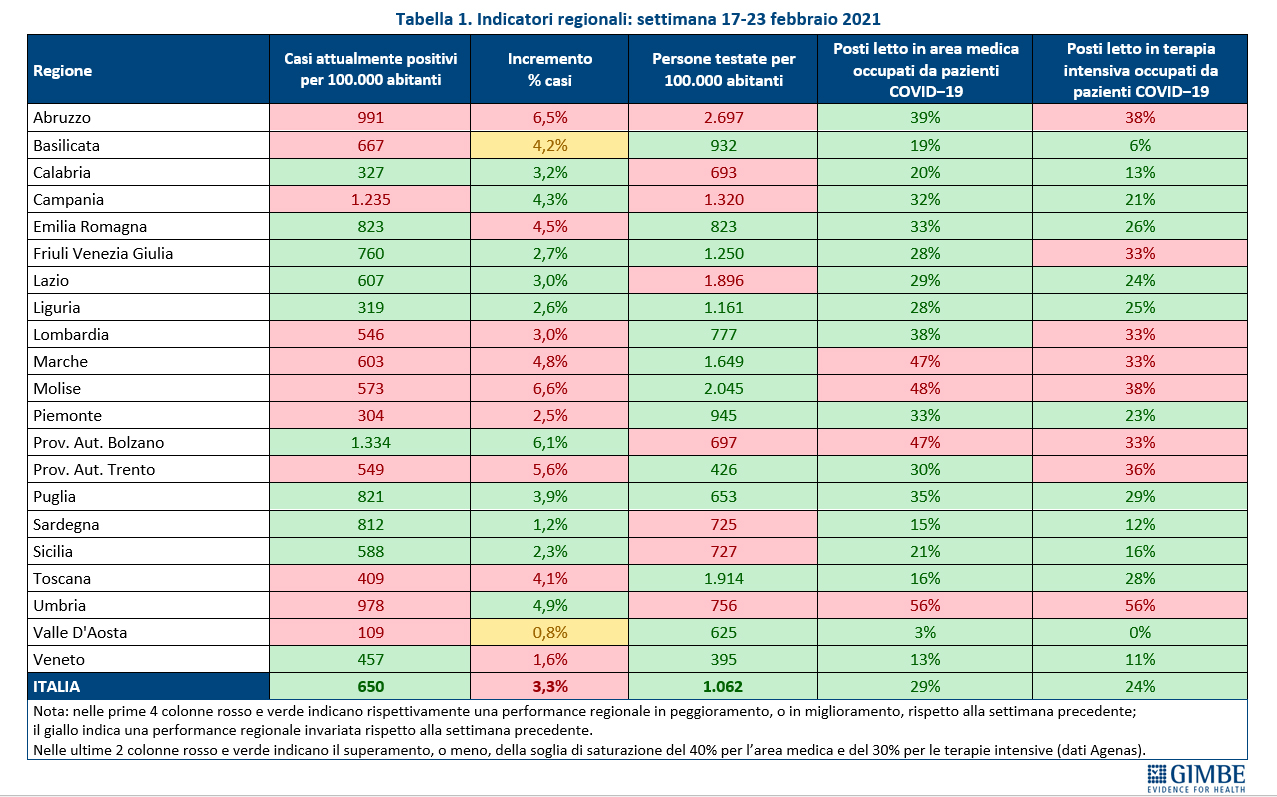
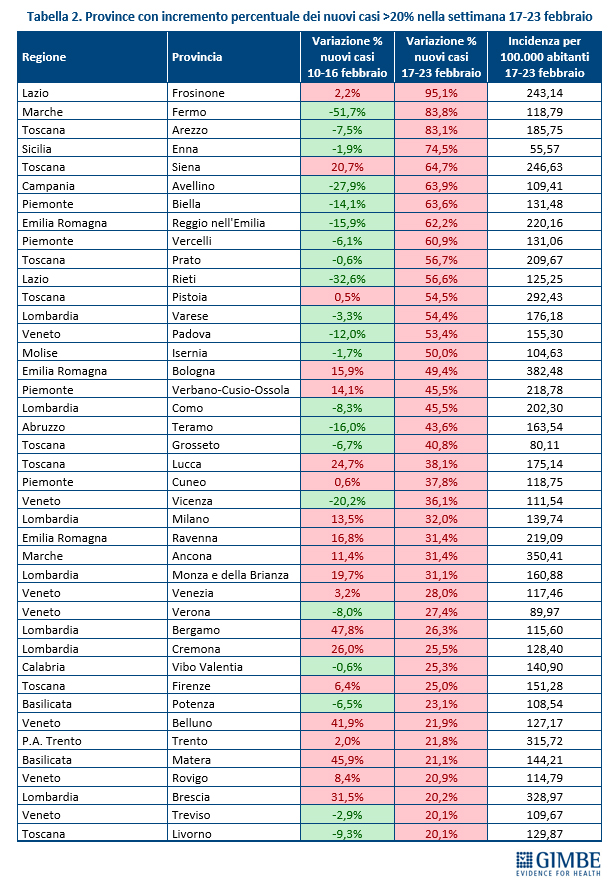
SIGN UP TO OUR NEWSLETTER
Subscribe to our mailing list to receive our newsletter
—
–
